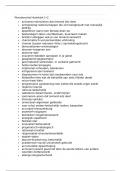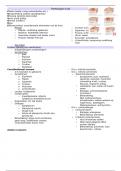Lecture notes
class notes of Britain completed notes
The document is when I started making notes at the beginning of A-levels its been easy to use and has helped me in my exams. Has the full revision notes from the document has 63 pages of factual content great and easy to understand
[Show more]













